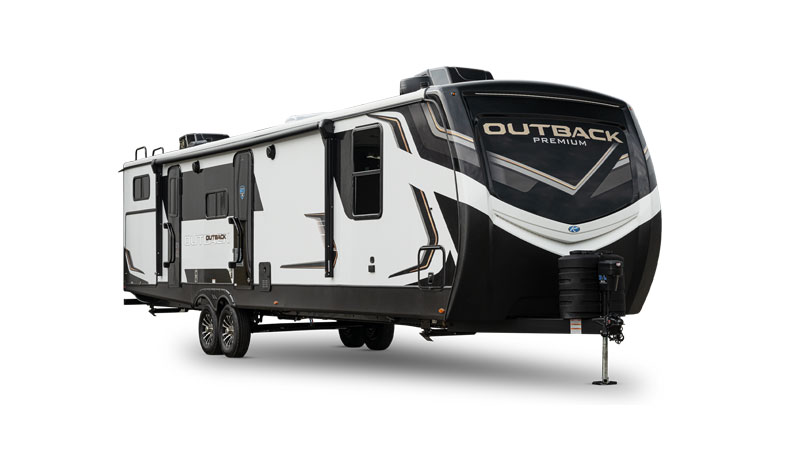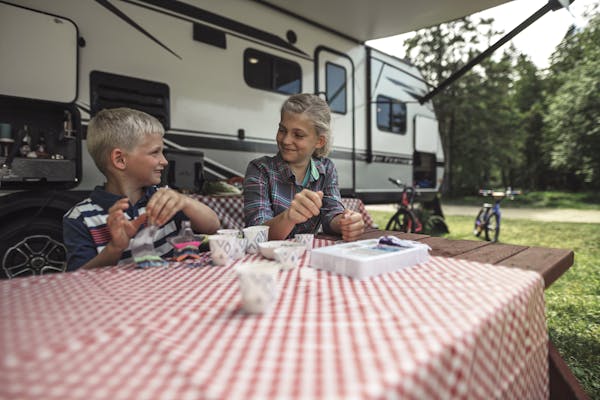Additional National Park Considerations
Here are a few other things to keep in mind when planning your national park RV trip:
Road Closures: A few days before you head out, be sure and check the status of any roads leading to and inside the park. Things like storms, fires, mudslides, or accidents can suddenly cause road closures and result in significant delays. It’s especially important to check the road conditions at the tail end of camping season—early winter storms can result in not only road closures but also complete park closures.
Wildlife: Due to the abundance of wildlife in national parks, it’s vital that you keep your campsite clean and pack your food accordingly. Many campgrounds will provide bear bins or wildlife-proof storage containers that you can lock your food in. However, it’s always a good idea to keep your food and toiletries inside your RV, as some animals have been known to break into cars. If you do cook outside, make a point to collect all of your leftover food and trash, and clean out your firepit. If you have pets with you, keep them leashed and in designated, pet-approved areas. Some parks allow pets on hiking trails but other parks only allow them on certain paved surfaces (parking lots, campgrounds, look-out points, etc.). Check the individual park’s website to get a better understanding of the wildlife and any rules or restrictions for pets.
Activities: In addition to camping, hiking and sightseeing, many national parks offer an abundance of outdoor activities. Things like guided tours, fireside presentations and the Junior Ranger program are all great options to better understand the park you’re visiting. Knowing what types of activities you want to do, for how long and the time of year will dictate what gear and equipment you should bring with you. Things like maps, flashlights, a first-aid kit, and extra water are always good to have, regardless of the activity. For some activity ideas and inspiration, the National Park Service has a calendar of scheduled activities so you can plan accordingly.












